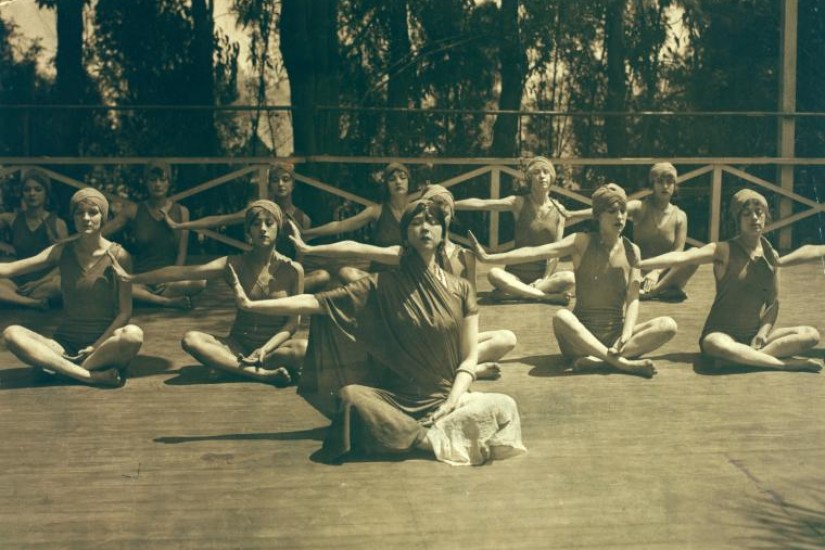Since the publication of Mark Singleton’s Yoga Body, the yoga world has been swirling with the notion that the postural practice you’ll find in today’s fitness centers is not nearly as old as we’ve liked to imagine. With the release of Singleton’s collaboration with James Mallinson—Roots of Yoga—the jury is still out on the precise role of yoga poses in the practice’s long and varied history. It is nevertheless plain to see that yoga’s root system is far more extensive and complex than even the most respected popularizers, such as B.K.S. Iyengar’s midcentury classic Light on Yoga (1966), would have us believe.
However, long and varied as yoga’s history on the Indian subcontinent may be, its comparatively short residency on American soil is no less interesting. Early American yoga—a concept held together only by the fact that it appears to belong to a cast of characters who call themselves yogis—oscillates between the menacing and the marvelous, the magical and the mechanical, the strange and the familiar. Here are five facts from the world of early American yoga.
1. Americans were pretty scared of yogis Nineteenth-century American audiences largely imagined yogis as magicians and ascetics reclining on their beds of nails. To explain these wonders in light of modern demands of science and rationalism, they tended to attribute the yogi’s abilities to their highly developed hypnotic powers, which allowed them to exercise control over his own mind and body but also those of others. When actual flesh-and-blood yogis began arriving on American shores, the same audiences were equally fascinated and terrified by their potential powers. Popular media churned with stories of women going hopelessly insane after having attended a lecture by this or that Swami. Husbands and children were abandoned and fortunes signed away under the hypnotic sway of the yogi’s sinister gaze.
